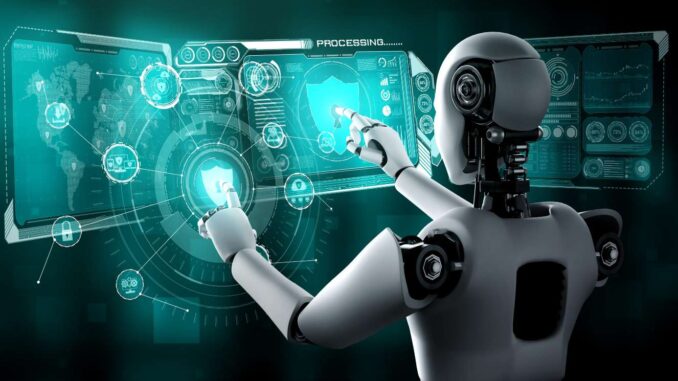
AI can play a significant role in raising awareness and promoting advocacy for individuals with disabilities and other marginalized groups. Here are several ways AI can be utilized for these purposes:
### 1. **Data Analysis and Insights** – **Trend Identification**: AI can process large datasets to identify trends related to disability rights and accessibility challenges. This information can help advocacy groups understand specific issues affecting the community and target their efforts more effectively.









– **Impact Assessment**: AI tools can analyze the effectiveness of existing policies or programs, providing evidence-based recommendations for improvements and reinforcing advocacy efforts.
### 2. **Social Media Monitoring**
– **Sentiment Analysis**: AI can analyze social media platforms to gauge public sentiment about disability rights issues, helping advocacy groups to understand public opinion and tailor their messaging accordingly.
– **Campaign Effectiveness Tracking**: AI can evaluate the impact of awareness campaigns on social media by tracking engagement metrics and audience reach, allowing organizations to refine their strategies for greater impact.
### 3. **Content Creation and Dissemination**
– **Automated Content Generation**: AI tools can help create informative content (blogs, articles, videos) that educates the public about accessibility issues and disability rights, making it easier for organizations to spread their message.
– **Targeted Outreach**: AI can analyze user behavior and preferences to help advocacy organizations target their outreach more effectively, ensuring that messages reach the right audiences.
### 4. **Personalized Advocacy Tools**
– **Custom Advocacy Campaigns**: AI can help individuals create personalized advocacy campaigns by providing tailored suggestions based on their interests, geographic location, and the specific issues they care about.
– **AI-Driven Chatbots**: Organizations can use chatbots to provide immediate answers to questions about rights and resources for individuals with disabilities, helping raise awareness of available support and advocacy tools.
### 5. **Facilitating Access to Resources**
– **Resource Mapping**: AI can help compile databases of resources, services, and support networks for individuals with disabilities, making it easier for them to find the help they need.
– **Accessibility Audits**: AI can be employed to conduct audits of websites and applications to ensure they adhere to accessibility standards, raising awareness of the importance of inclusive design.
### 6. **LGBTQIA+ and Disability Intersectionality**
– **Intersectional Data Gathering**: AI tools can analyze data related to the experiences of individuals who identify as both LGBTQIA+ and disabled, helping to highlight the unique challenges faced by this intersectional group and informing targeted advocacy efforts.
### 7. **Supporting Policymakers**
– **Evidence-Based Policy Recommendations**: AI can assist in simulating the potential impacts of policy changes, providing insights that can help policymakers understand the benefits of more inclusive practices and legislation.
– **Monitoring Policy Impact**: AI-driven analytics can track the effectiveness of disability-related policies over time, allowing adjustments as needed based on data-driven insights.
### 8. **Training and Education**
– **AI-Enhanced Training Programs**: Organizations can use AI to create engaging and informative training materials for advocates, volunteers, and policymakers, ensuring they are well-informed about disability issues and best practices in advocacy.
### Conclusion
By harnessing the power of AI, advocacy organizations can enhance their ability to raise awareness, craft effective messaging, and mobilize support for disability rights. These technologies can also empower individuals with disabilities to advocate for themselves, ultimately contributing to a more inclusive environment where everyone’s rights are recognized and respected.


Leave a Reply